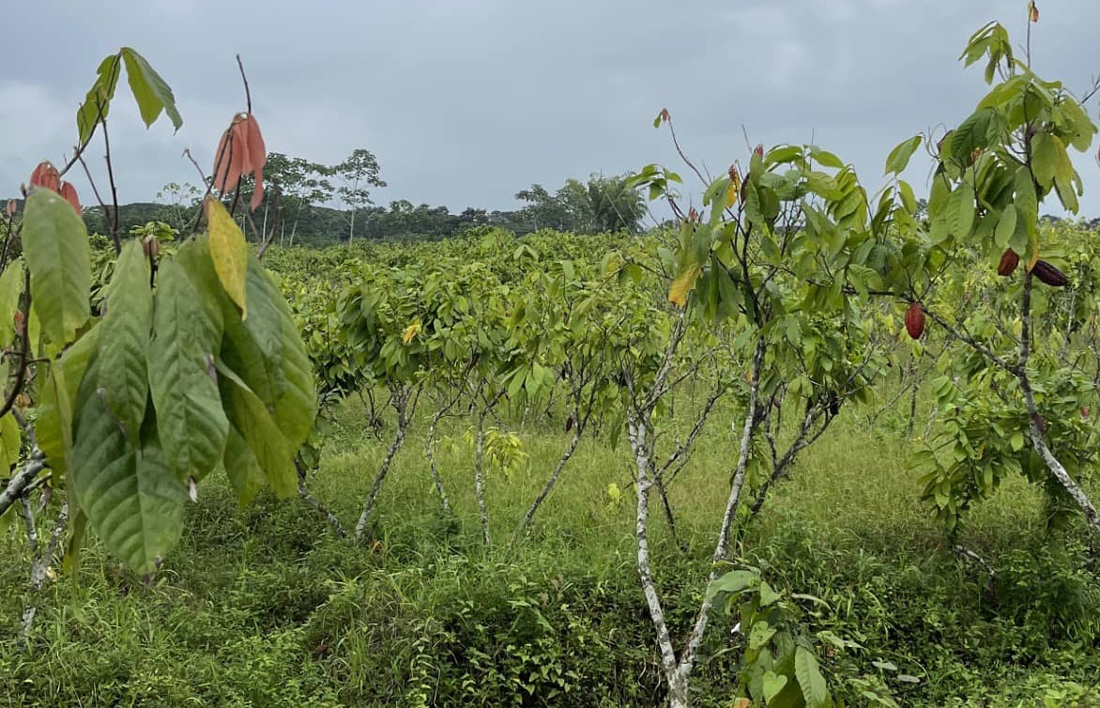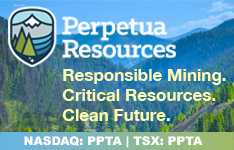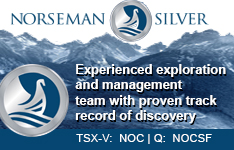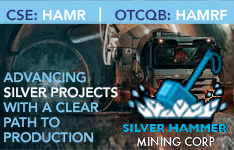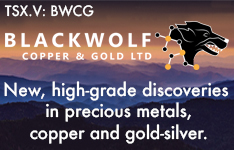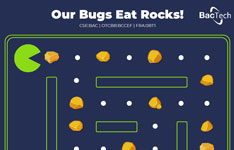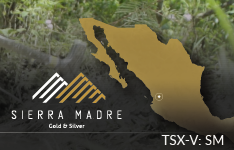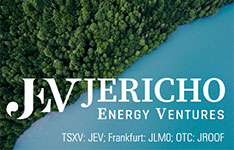"Where's the (sustainable) beef?" It's a question U.S. consumers are asking more and more. The answer is sustainable beef is being raised on U.S. ranches employing Bion Environmental Technologies Inc.'s (BNET:OTCQB) proprietary system that makes livestock waste drastically less harmful and upcycles it into valuable products.
"Bion's patented third generation technology was designed to largely mitigate the environmental impacts of large-scale livestock production and deliver a USDA-certified sustainable product to the consumer," the company said. "The industry is severely challenged, and our solution offers wholesale improvement."
Specifically, the New York-based company's technology removes ammonia (NH3) from livestock's waste stream then stabilizes and repurposes it into low-carbon, organic nitrogen fertilizers, clean water and renewable energy. This system keeps ammonia, deleterious to people and the environment, out of the air, land and water and saves the resource from being squandered. The process achieves this using only the compounds in the waste stream.
Bion's technology also helps cattle feeders and producers create more value for their commodity, the company noted.
"In current feedlot scenarios, there is typically no water reuse, so Bion's water-recycling loops represent a significant reduction in the water footprint of beef production," said the company. Also, its shallow-pit barn continuously and rapidly moves manure into the digester, which nearly eliminates carbon and nitrogen emissions as well as odors.
Other Targets: Manure Digesters, Tainted Water
Along with its positive impacts on the ranching/beef industry, Bion's technology could solve the problem of ammonia getting released into the environment by anaerobic digesters being used to reduce greenhouse gases emitted at dairy operations, the company noted. In these digesters, or sealed, oxygen-free tanks or containers, manure gets digested bacterially, during which biogas (primarily methane and carbon dioxide) is produced, to be used as renewable energy. According to the Environmental Protection Agency's (EPA) January 2023 data, about 340 such digesters are currently in operation, most commonly in California, Wisconsin and Pennsylvania but in other states too, and another roughly 85 more are being built.
Digesters do reduce greenhouse gas emissions, but also, unfortunately, increase the amount of ammonia emitted, by 81% in a 2017 University of Wisconsin study, according to a related article in Science Direct. Separating liquid and solid manure after digestion was shown to reduce NH3 emissions somewhat but not entirely.
Another potential revenue stream for Bion, the company said, is through reducing nitrates in the water at concentrated animal feeding operations, or CAFOs, and in other problematic U.S. watersheds, like the Mississippi River Basin. Nitrates, which result naturally when certain bacteria consume ammonia, get in the water supply, in part, through manure runoff from livestock operations.
"If programs and incentives similar to existing climate programs are implemented for nitrogen, a strategy strongly supported by EPA, we would expect a very large 'retrofit' market," the company said.
Bion's technology is patented, and the company does not have true competitors, noted management.
Today, Bion is continuing its progress transitioning into a commercial entity from a research and development one.
Now with its commercial-scale demonstration facility in Fair Oaks, Ind., operating at a steady state and able to extract and produce ammonium distillate in several concentrations, Bion is in the process of applying for various product certifications. These include organic certification for its ammonium and certification of its fertilizer for use in organic production.
Management also is working toward getting Bion's stock uplisted to a senior exchange.
Helping the Industry with Safety, Sustainability
The primary sector into which Bion falls is an expanding one: agricultural technology.
Today, the global ag tech market is worth $21.89 billion ($21.89B), according to Exploding Topics. It is forecasted to grow another 98% by 2030 and reach $43.37B in value. The North American ag tech segment is valued at $7.54B. A major growth driver is people's "changing perspectives on the importance of how food is produced."
Livestock and meat is also on an upward trajectory, Mordor Intelligence data show. This global market, led in size by North America, is projected to reach $604.34B in value by 2028 from $461.96B today, reflecting 31% growth.
As for ammonia, it "makes an indispensable contribution to global agricultural systems through its use for fertilizers," and about 70% of the supply today goes toward this end product, according to the International Energy Agency's Ammonia Technology Roadmap. The global demand for ammonia (but with fewer emissions) is expected to increase as the population grows and becomes more affluent.
The Catalysts
Bion has several possible stock-moving events happening in the near term, the company said. They include receipt of the various certifications it is seeking of its ammonia and fertilizer products. Other catalysts are the formation of additional strategic partnerships and the start of new projects.
Technical Analyst Clive Maund rated Bion "a Strong Buy here for all time frames" in an August 2023 report. He said the various indicators all pointed to an imminent share price breakout and steep rally.
"This stock has the characteristic of making sudden dramatic rallies that are then followed by long periods of reaction," added Maund.
Ownership and Share Structure
According to Yahoo Finance, Bion has 48.87 million shares outstanding.
As for the breakdown of stock ownership, management and insiders hold 19.68%. President Mark A. Smith has 1,456,540 shares.
Two institutions hold 0.44% of shares. They are Fisher Asset Management LLC, with 164,645 shares, and Howard Capital Management Group LLC, with 55,157 shares.
Bion has a market cap of $48.8 million. Trading over the past 52 weeks ranged from $0.86 per share to $2.30.



